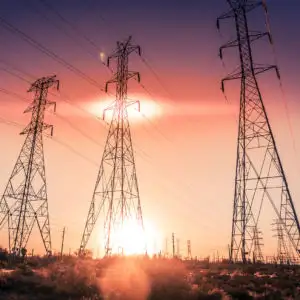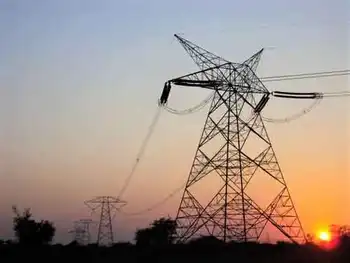Coal Production Collapses To 35-Year Low
NEW YORK - - oal production in the first three months of 2016 was 173 million short tons, the lowest quarterly level in the United States since a major coal strike in the second quarter of 1981. Among the regions tracked by the EIA, the Powder River Basin PBR in Montana and Wyoming saw the largest decline both in terms of absolute tonnage and as a percentage of the previous quarter.
Coal production in the first three months of 2016 was 173 million short tons, the lowest quarterly level in the United States since a major coal strike in the second quarter of 1981. Among the regions tracked by the EIA, the Powder River Basin PBR in Montana and Wyoming saw the largest decline both in terms of absolute tonnage and as a percentage of the previous quarter.
Demand for coal has dropped off steeply as natural gas becomes the primary fuel source for electrical generation. Electricity generation accounts for more than 90 percent of domestic coal use, but environmental regulations have caused the fuel source to fall out of favor. Compounding the problem for coal producers, electricity demand is growing more slowly, while historically-low natural gas prices are making it easier for electricity generators to switch to the cleaner burning fuel, reports the EIA.
A 17 percent decrease in coal production from the previous quarter marked the largest quarter-over-quarter decline since the fourth quarter of 1984. Mild winters both this year and last were likely responsible for the steep decline in production in the beginning of this year. Electric power plants purchased more coal than they needed throughout the fourth quarter of 2015, resulting in a 34 MMst build in coal stockpiles, the highest Q4 net increase on record.
Electric power generators were encouraged to burn coal from their stockpiles rather than purchase more from coal producers in the first quarter of the year. Data from the American Association of Railroads showed coal carloads were down 20 percent quarter-over-quarter as power generators ordered less coal.
The drop in demand for coal was not concentrated in any particular region, either, the EIA reports. Texas, Michigan, Illinois and Oklahoma accounted for an average quarterly demand of 37 MMst of Powder River Basin coal in 2015, or about 40 percent of total PBR production. Demand for PBR coal from those four states fell 49 percent to 19 MMst in the first quarter of the year. First-quarter PBR coal production of 69 MMst was the lowest since 1995.
Related News

Canada to spend $2M on study to improve Atlantic region's electricity grid
HALIFAX - The federal government will spend $2 million on an engineering study to improve the Atlantic region's electricity grid.
The study was announced Friday at a news conference held by 10 federal and provincial politicians at a meeting of the Atlantic Growth Strategy in Halifax
The technical review will identify the most important transmission projects including inter-provincial ties needed to move electricity across the region.
Nova Scotia Premier Stephen McNeil said the results are expected in July.
Provinces will apply to the federal government for funding to build the infrastructure. Utilities in each province will be expected to pay some portion of the…




